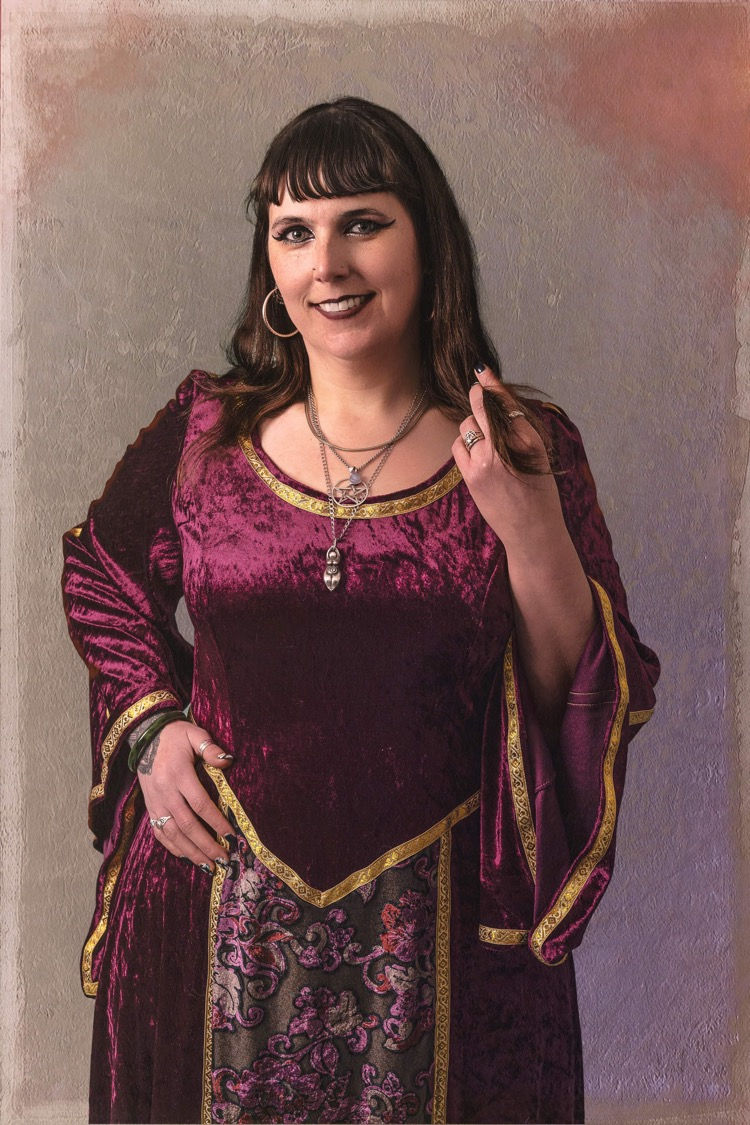Deity of the Month: Cernunnos
- Gwyn Kipling

- Feb 3, 2023
- 2 min read
by Sam Stoker

Cernunnos is an interesting deity whose legend spans across the centuries, originating in Celtic polytheism. He has been assimilated by Wiccans in the modern day, and is found throughout neopaganism.
Not a great deal is known about Cernunnos, although it is thought that he was originally a Celtic god, and iconography of him has been found as far back as 400 BCE in Italy, which at the time was ruled by the Celts. He was around when Britain was part of Gaul and people followed a Gallo-Roman religion (where Roman and Hellenism were incorporated into the existing belief system). One of the earliest depictions of him is on an artefact called the Gundestrup cauldron, a cauldron found near Gundestrup, Denmark, in the 1890s, but dated from somewhere between 150 BCE to 300 CE. One of the cauldron panels shows a horned masculine figure surrounded by animals, including a stag.

Cernunnos was worshipped throughout Britain and Ireland, and is associated with the stag. As Lord of the forest, his antlers are recognisable to many, which is likely why the Wiccans took him to be their Horned God. These antlers, however, along with his oft-showed hooves, may have landed Cernunnos at the ire of early Christians, who perhaps likened him to Satan/the Antichrist due to a lot of their imagery of Satan at the time including some form of horns/hooves. Owing to this he was strongly opposed by the Christian church, and it is thought that his likeness may have been used as a depiction of Satan, or possibly even as the original inspiration for that style. Worshipping Cernunnos was a sign that people had not yet converted to Christianity and were following their pagan roots, and were therefore dangerous.
Doreen Valiente claimed that Gerald Gardner’s coven actually referred to their Horned God as Cernunnos. The Horned God is the masculine archetypal deity that goes through the heteronormative fertility cycle with the Wiccan female goddess. Perhaps Cernunnos being depicted with a large phallus may have something to do with why the Wiccans selected him as being the peak of masculinity. This also indicates that he was associated with fertility historically.
Ultimately, most of what we ‘know’ about Cernunnos is educated guesswork. His likeness is found commonly enough to make the presumption that he was an important deity; however, we cannot be sure that this was the case. Some believe that the Berkshire, England god Herne the Hunter may be a more modern adaptation of him; some link him to the Green Man for his associations with spring; and most agree that he was associated with the forest, nature, and fertility. He comes from open European cultures so is an ideal deity for anyone of any background to worship according to their own personal needs. And because he is so mysterious, it’s hard to have someone tell you you’re doing it wrong!





Comments